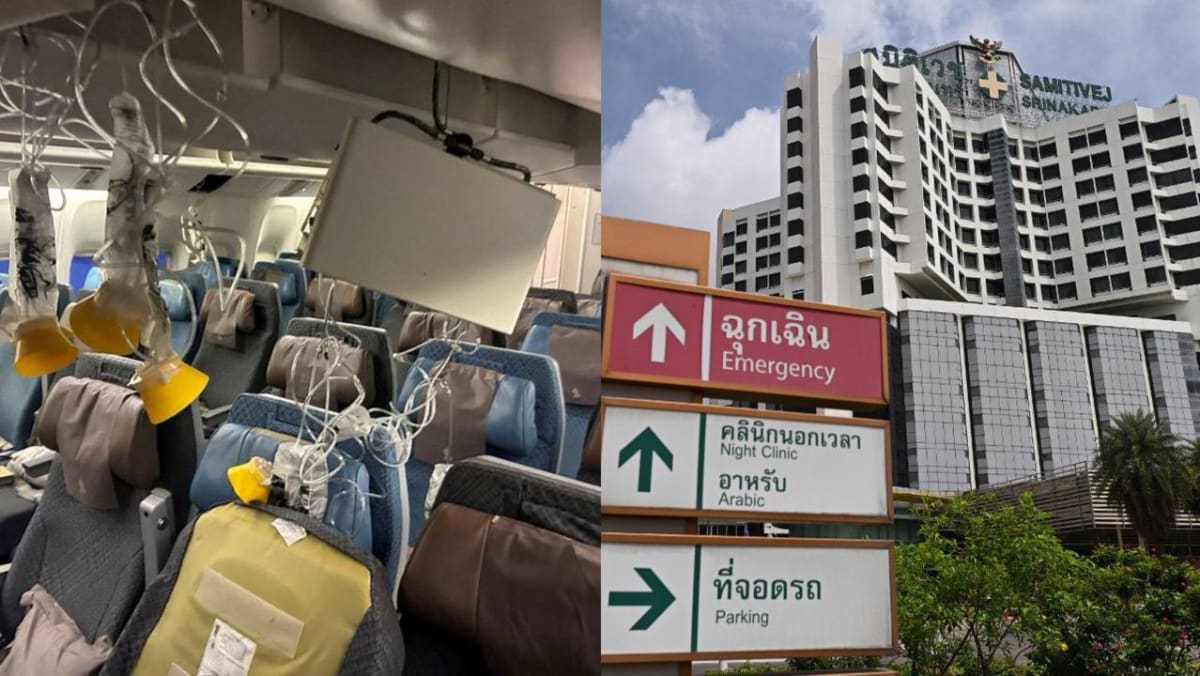SINGAPORE: Singapore Airlines (SIA) on Tuesday (June 11) announced compensation offers to the 211 passengers on the turbulence-hit SQ321 flight.
The plane was flying from London to Singapore when it was forced into an emergency landing in Bangkok on May 21, with one dead and dozens injured, some seriously.
Passengers with “minor injuries” have been offered US$10,000 (S$13,500). Those who sustained more serious injuries have been invited by SIA to further discuss compensation to meet their specific circumstances, while they will also be offered an advance payment of US$25,000 for immediate needs.
CNA spoke to civil and aviation lawyers, some of whom represent the SQ321 passengers, to answer questions raised by the incident.
What are passengers’ rights after an accident?
When it comes to establishing the extent an airline is liable to passengers, the legal framework most jurisdictions follow is the Montreal Convention.
Under the Convention, in the event of an accident resulting in injury or death, airlines are “strictly liable” for the first 128,821 “Special Drawing Rights”.
This refers to an international reserve asset created by the International Monetary Fund, that is contested in a legal claim, said lawyer Robert Hedrick from Aviation Law Group in Seattle.
Special Drawing Rights of 128,821 converts to approximately US$170,000.
“For damages in excess of that amount, if the air carrier proves that it was not at fault, it is not liable for more,” said Mr Hedrick.
Over 130 countries or jurisdictions have agreed to abide by the rules and regulations set forth by the Convention. These include the United Kingdom where SQ321 departed; the plane’s original destination Singapore; and Thailand where it made an emergency landing.
Under the convention, passengers can file legal claims either in the country which is the principal business of the air carrier; the country where the ticket was issued; or a country where the passenger resides and the carrier operates.
Disputes lawyer Chooi Jing Yen from Singapore firm Eugene Thuraisingam said it would make the most sense for passengers to file legal claims in Singapore, rather than in Thailand or the UK.
“A UK passenger could take matters to a UK court, but if SIA doesn’t have any assets in the UK, they still have to bring the judgment to Singapore,” he said. “Thailand is just the emergency landing place, and you may not want to litigate in Thai court, as they are run by a set of rules that (passengers) may not be familiar with.”
But aviation compensation lawyer Peter Carter, who said he was advising up to 13 Australian and Singaporean passengers of SQ321, believes the choice of jurisdiction depends on the claims being brought forth.
For instance, one country might calculate compensation for permanent impairment differently from another, said the director of Carter Capner Law, a Brisbane-based law firm.
